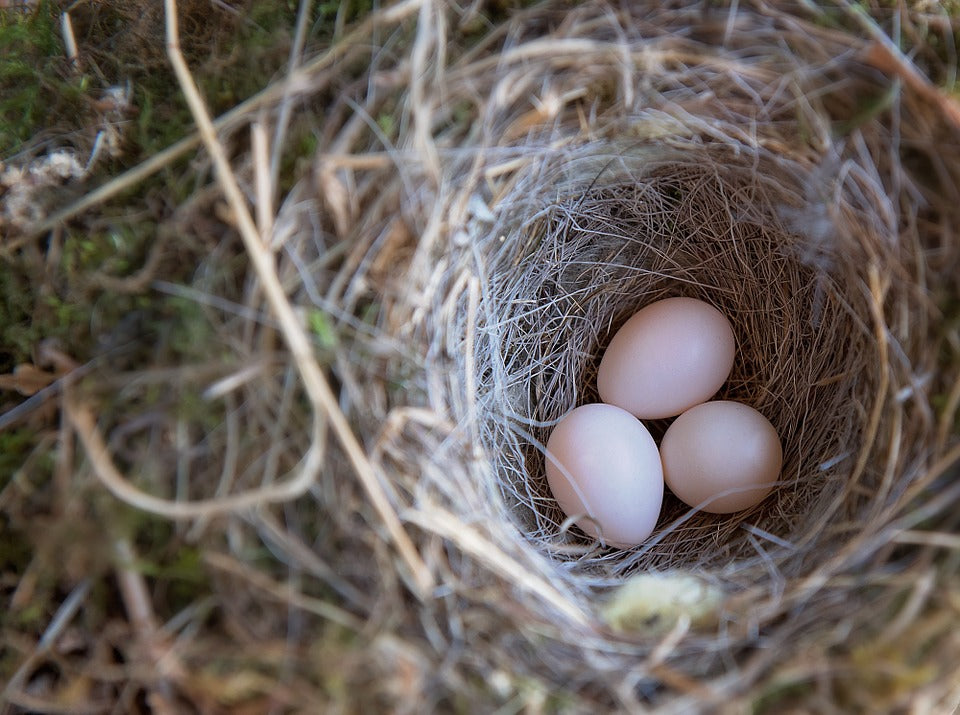Offer
Provide additional details about the offer you're running.
Provide additional details about the offer you're running.
Provide additional details about the offer you're running.

At this time of year, many of our backyard birds have been paired up, built their nests and are likely incubating eggs as we speak. As we progress into the summer months we will soon be treated to the welcoming sight of new baby birds leaving the nest.
A common question we often receive is how many eggs each species of bird actually lay each breeding season. The answer? Well, it’s not always so cut and dry!
The truth is clutch sizes vary greatly across different species of birds, but as a general rule of thumb, most birds will lay at most, one egg per day. The difference lies in how many consecutive days a bird will continue to lay eggs.
To determine this, we first must know what kind of egg layer each bird species are. This is broken down into two distinct types: determinate egg layers and indeterminate egg layers.
Determinate Egg Layers
These species lay eggs in a pre-determined fashion. Meaning if they are destined to lay four eggs per clutch, no matter what happens, they will only lay four eggs. Oftentimes, eggs can and will be removed by predators, or additional eggs can be added by species that dump their eggs.
These events have no bearing on clutch sizes, no matter how many eggs are added or subtracted; these types of birds will only lay that pre-determined amount of eggs.
Indeterminate Egg Layers
The opposite of the above, these type of egg layers will continue to lay eggs if eggs are removed from their nest. Conversely, these egg layers will halt egg laying if additional eggs are added to their nest.
Other Factors
In addition to the different two main types of egg layers, many other factors come into play when it comes to egg laying volume. Food supply plays a major role in clutch size, birds with a widely available food source, or better feed and seed will often manufacture more eggs than those with poor diets or food constraints.
The time of year also plays a factor, while most birds are on-time for the breeding season each year, there are those who struggle to find a suitable mate or those that have lost previous clutches to predation. In these cases when eggs are laid later in the season, oftentimes they will yield much smaller clutches.
High Quality Blend